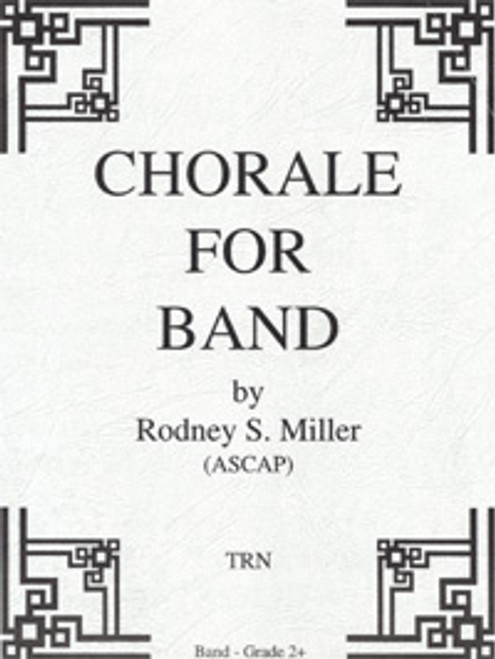In Dulci Jubilo (“In Sweet Rejoicing”) is a traditional German carol that dates back to the Middle Ages. This setting introduces the familiar tune to young band students and their audiences in a musically satisfying manner. Without rushing, the tempo should maintain a comfortable bounce throughout. However, also remember that this was originally vocal music and should be approached in a somewhat lyrical manner with notes played their full value: lightly tongued, but almost connected. A staccato, march-like interpretation of this piece should be avoided. It is a festive piece full of joy.
Compound meter is only difficult for students when we avoid it, and if our students are to learn this method of counting, then they will need a teacher willing to introduce it to them in a consistent, systematic manner. Before handing out this piece, introduce your students to 6/8 and explain that, according to the rules of a time signature, there are six beats in each measure, and the eighth note receives one beat. Follow up with multiple written examples, having the students both count out loud and play while you conduct in 6. Once the foundation for slow 6/8 is in place, gradually speed up the tempo, and in doing so show the students that maintaining a 6 conducting pattern becomes increasingly ineffective – sometimes with comic results! A good transition step is to switch to conducting in a 2 pattern, but still have the students count in 6.
Once mastery has been achieved, the final step is to conduct a 2 pattern and use traditional compound meter counting syllables. Again, continual reinforcement with written examples will help the students become more comfortable with their newly acquired counting skills. These steps may only take a few minutes and be spread across several days so that students have time to absorb the information.
Similarly, students will have more success playing in F major if they have been introduced to it prior to working on this piece, and while our goal may be to focus on a new key signature, the challenge of playing unfamiliar notes in the upper range may be the bigger struggle for them. Rather than introducing the entire F to F scale, have students start with notes they already know: scale degrees 1, 2, 3, and 4, and then gradually add 5 and 6; scale degrees 7 and 8 can be added later. In the meantime, starting back on scale degree 1, have students play down to the lower 7, 6, and so on. This may be a more effective teaching strategy since it's these lower notes that are present throughout the piece.
While the piece is scored for a full concert band, there is a considerable amount of doubling to better accommodate the lessthan- ideal instrumentation often found in young bands: the oboe and glockenspiel parts are optional, the horn and tenor saxophone share the same part throughout, and the bass line is played by the bass clarinet, baritone saxophone, trombone, baritone, bassoon, and tuba.
I hope your students and audiences enjoy this wonderful carol.
- Composer: Stuart P. O'Neil
- 2
- 67
- 1:32





